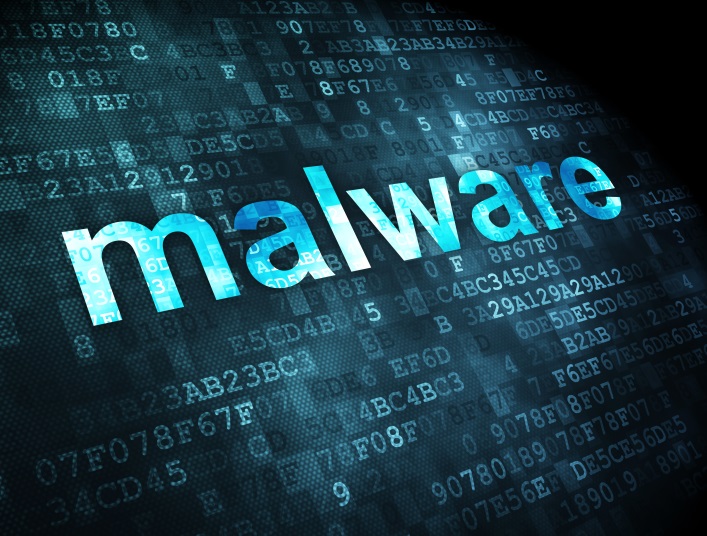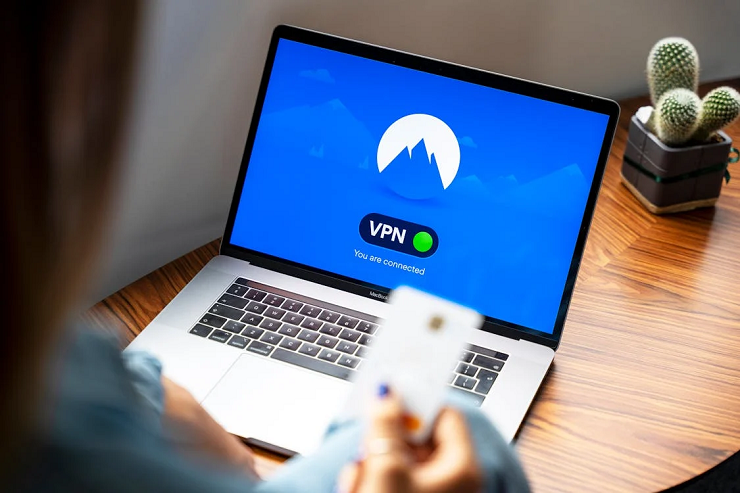

With the growing level of information available on the internet, there’s no surprise that is become a target for nefarious activity. Malware is becoming more prevalent and presents a legitimate concern for internet users. The risk of infection is greater now because every data communication can be used to transmit malware. Understanding the origin and learning how to avoid it is integral to surfing the web with confidence.
What is It?
Quite simply, it is short for malicious software. Hackers often use it to disrupt operations and gather sensitive information. Though, in some cases, they will use it to gain access to a computer system. It may appear in code or script, and the term is used to describe any form of annoying, intrusive, or hostile code or software. You’re more than likely familiar with the terms worm, virus, and Trojan horse- these are types of malware.
Worms
A worm doesn’t need to attach itself to a program- it spreads through computer networks without the intervention of users.
Virus
A virus self-replicates and spreads throughout the system by inserting copies of itself into other executable documents or code. It behaves much like a biological virus does. There are harmless viruses and hoax viruses, but the majority of them are malicious.
Trojan Horse
These programs behave one way to distract you from what they’re actually doing- they create a backdoor for an intruder to slip in through to gain access to your system.
The Malware Motivation
In the early internet days, viruses were written as pranks and experiments and in many cases, the code writers didn’t realize what harm they could do. Now, though, malware is used for profit. Infected computers can generate income for cybercriminals in several ways, including advertising.
Legitimate websites often generate income by displaying ads on their pages- malware can also do this, with payments being sent to the criminal. Malware is also used to gather information, like online banking credentials. The cybercriminal could be using the information for themselves or selling it on to third parties.
Infection
There are many ways to get hit with malware, including email attachments, visiting malicious websites, portable media, downloading films, peer to peer file sharing, instant messaging, new devices, social engineering attacks, social networking sites, and ignoring security guidelines. For instance, you may get an email (instant message, text message, or social media) with a link- clicking on that link could result in malware.
Avoiding Malware

I’m a Nerd and very proud of it! I love to write about anything Tech related. Subscribe to our blog for helpful tips, tricks & news.




